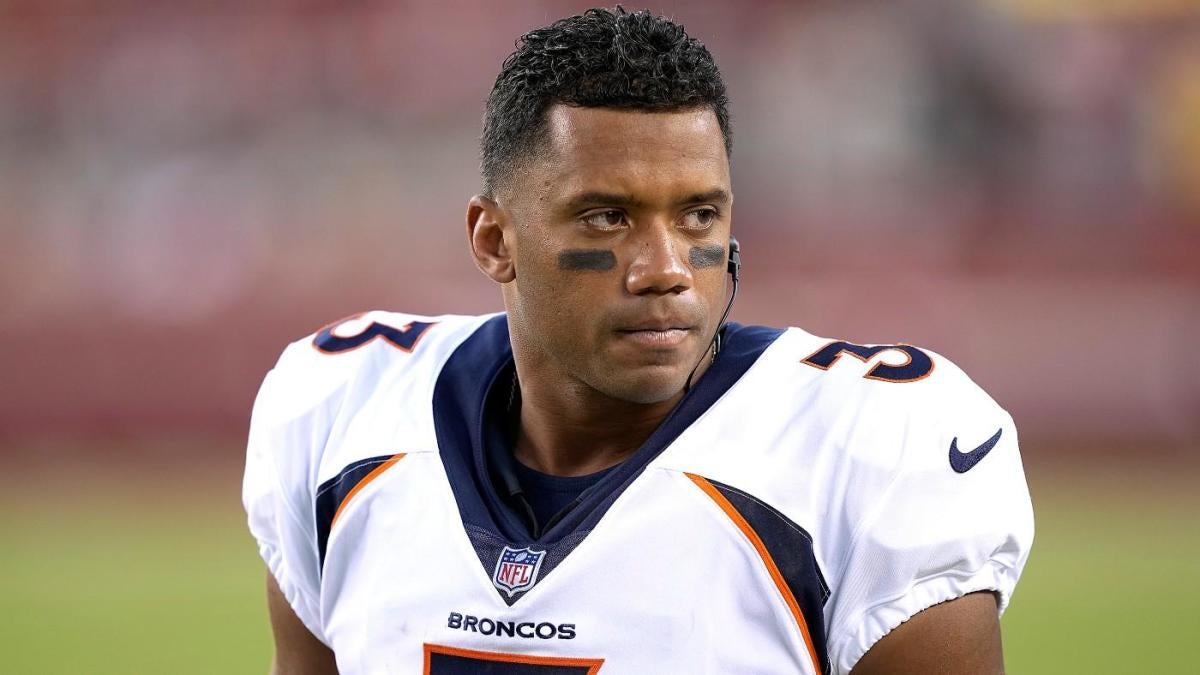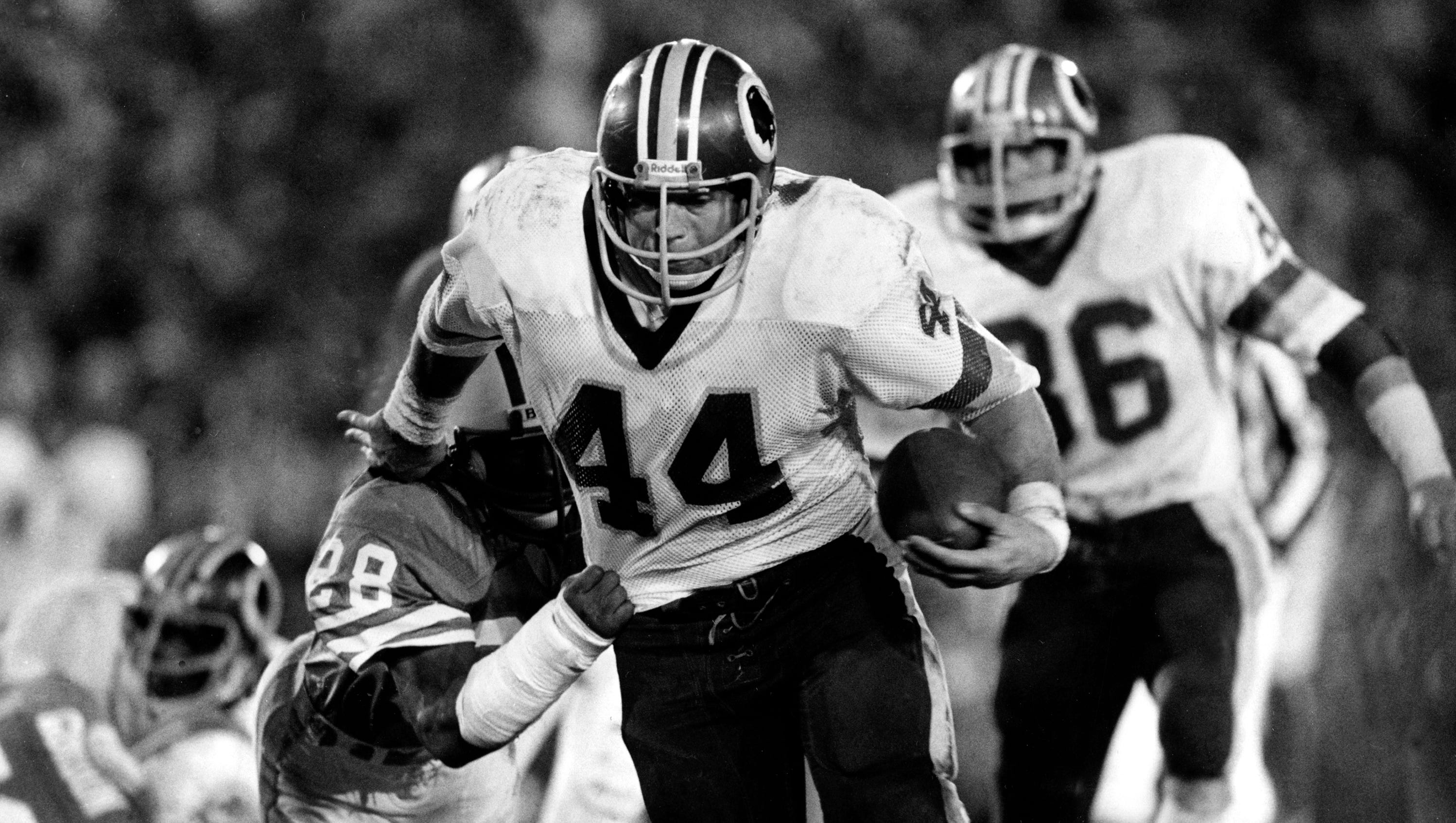In the world of sports, trades are a common occurrence that can make or break a team’s fortunes. Every now and then, however, teams engage in transactions that leave fans scratching their heads and wondering what was going through management’s minds. The worst trades in sports history reflect not just poor judgment but sometimes desperation, miscalculations, and a lack of foresight. They represent a crossroads where opportunities were squandered and potential greatness was overlooked. This article delves into some of the most infamous trades across various sports, dissecting the decisions behind them and examining the long-lasting impacts they had on the teams involved.
Analysis of Iconic Trades Gone Wrong

The realm of sports is filled with iconic moments; however, there are trades that have become notorious for all the wrong reasons. These trades remind us that sometimes the grass isn’t greener on the other side, and they represent cautionary tales for general managers everywhere.
The Herschel Walker Trade
Few trades in the history of professional football compare to the seismic shift caused by the Herschel Walker trade, which remains etched in the annals of NFL lore.
The Dallas Cowboys traded Walker, a star running back, to the Minnesota Vikings, receiving a veritable treasure trove of draft picks in return. The stakes were high, fueled by misguided ambitions from the Vikings, who believed they were a piece away from winning a championship.
This trade had profound implications for both franchises. The Vikings gave up key future assets for a player who, while talented, could not single-handedly elevate their team to glory. In contrast, the Cowboys used the draft picks gained from this transaction to rebuild their roster into a dynasty, capturing three Super Bowls in the 1990s.
The reality is that trades should be evaluated not only based on immediate needs but also on long-term strategy. The Vikings learned this lesson the hard way, showcasing how one trade can alter the trajectory of an entire franchise.
The Red Sox and the Curse of the Bambino
Baseball history is riddled with pivotal trades that shaped the landscape of the game, but none are as impactful or infamous as the Boston Red Sox’s decision to trade Babe Ruth to the New York Yankees.
Ruth, often regarded as the greatest baseball player of all time, was shipped to the Yankees for a mere $100,000. The Red Sox were hoping to alleviate financial struggles, but they unwittingly gifted their arch-rivals a player who would lead them to numerous championships over the next two decades.
The impact of this trade extended far beyond immediate wins and losses; it ushered in what became known as “the Curse of the Bambino.” For 86 years, the Red Sox would not win a World Series title, while the Yankees solidified their position as baseball’s premier franchise.
In hindsight, the trade symbolizes a classic case of short-term thinking overshadowing the potential of long-term greatness. It serves as a reminder that sometimes, letting go of a transcendent talent can lead to unforeseen consequences that last a lifetime.
The NBA’s Vince Carter Trade
Vince Carter’s trade from the Toronto Raptors to the New Jersey Nets is another example of a deal that still resonates within the basketball community.
Carter was a franchise player in Toronto and one of the most electrifying athletes in the league. However, after a rocky relationship with team management, he was dealt to the Nets in a move that left many fans disillusioned.
The Raptors received a mix of players and draft picks in return, but the most significant loss was the chance to build around Carter. After his departure, Toronto struggled to find its identity, while Carter thrived in New Jersey, leading the Nets to several playoff appearances.
This trade highlights the importance of maintaining positive relationships with star players. Instead of working through conflicts, the Raptors chose to cut ties, resulting in a lost opportunity to capitalize on Carter’s immense talent. The aftermath of this trade serves as a poignant lesson about the value of nurturing talent rather than casting it aside.
The Long-Term Repercussions of Poor Decisions

What separates the worst trades in sports history from others is not just the players involved but the long-term ramifications they had for the franchises. These decisions often reshape team identities, affect fan bases, and influence future drafts and acquisitions.
The Kevin Durant Decision
Kevin Durant’s decision to leave the Oklahoma City Thunder for the Golden State Warriors is a modern-day trade that didn’t involve an actual exchange of players but transformed the NBA landscape nonetheless.
While Durant did not sign directly via trade, his move sent shockwaves throughout the league, altering team dynamics and creating widespread debate about loyalty versus ambition. The Thunder lost one of their cornerstones, turning a promising franchise into a shadow of its former self.
During his tenure with the Warriors, Durant cemented his legacy by winning two championships and earning finals MVP honors, further aggravating the Thunder’s sense of loss. The implications of him leaving not only affected Oklahoma City’s ability to compete but also alienated sections of its fan base.
The aftermath underscores how losing a superstar can derail a franchise’s aspirations. The Thunder went from being perennial contenders to facing an uncertain future, demonstrating the far-reaching consequences of failing to maintain star talent.
The Chicago Bulls’ Decision to Part Ways with Derrick Rose
Derrick Rose was once heralded as the future of the Chicago Bulls and won the league MVP award at just 22 years old. However, repeated injuries led to his eventual trade to the New York Knicks, marking the end of an era in Chicago.
The decision to part ways with Rose reflected the broader challenges franchises face when dealing with injury-prone superstars. While Rose’s trade brought back some talent, it ultimately failed to fill the void he left behind.
The emotional impact of this trade resonated deeply with Bulls fans. Rose was more than just a player; he embodied hope and promise. Moving on from him represented a painful transition for a franchise that had once been positioned for greatness.
In retrospect, the Bulls’ choice highlights the delicate balance between managing player health and recognizing talent. As they transitioned from the Rose era, the Bulls found themselves searching for direction, illustrating how crucial it is to handle franchise players with care and foresight.
The Philadelphia 76ers and the Process
The Philadelphia 76ers’ “Process” has garnered attention, but it also shines a light on trades that were fraught with uncertainty. The Sixers engaged in a series of questionable trades during their rebuilding phase, including the infamous decision to trade away established stars for unproven prospects.
While the strategy was intended to accumulate assets and build for the future, the result was an inconsistent roster that frustrated fans. Key trades, such as those involving Jrue Holiday and Michael Carter-Williams, showcased the pitfalls of betting heavily on potential rather than securing proven talent.
As the Sixers continue to navigate their path forward, the fallout from these decisions serves as a learning experience for other franchises. Building a contender requires more than simply amassing young talent; it necessitates a nuanced approach that balances risk and reward.
Frequently Asked Questions (FAQs)

Why do teams make bad trades in sports?
Teams often make poor trades due to factors like misjudgment of a player’s value, pressure to make a quick fix, or financial constraints. Sometimes, desperation leads teams to overlook the long-term implications of their decisions.
How do bad trades affect fan support?
Bad trades can alienate fans, especially when beloved players are traded away. This can lead to dwindling attendance, reduced merchandise sales, and a general sense of disenchantment with the team, impacting long-term loyalty.
Are all trades reversible?
Unfortunately, trades in professional sports are generally final and cannot be undone. Teams must learn from their mistakes and adapt, making every decision critical for future success.
Can a single trade define a franchise’s future?
Absolutely. A single trade can drastically alter a franchise’s trajectory, affecting not only immediate performance but also shaping the long-term strategic direction, affecting all aspects from development to fan engagement.
What are some other notable bad trades in sports history?
Aside from the ones discussed, there are numerous other notorious trades, such as the Detroit Pistons’ trade of Chauncey Billups and the New York Knicks’ trade of Patrick Ewing. Each came with its unique set of repercussions and lessons.
Conclusion
The worst trades in sports history linger in the collective memory of fans and analysts alike, serving as reminders of the complexities inherent in team management. While trades are often motivated by immediate needs or aspirations, history shows us that the consequences can resonate for years to come. Understanding these decisions and their impacts is essential for anyone wanting to appreciate the intricate web of relationships and strategies that define sports today. Whether it’s a trade that fuels an enduring rivalry or one that ultimately leads to a franchise’s downfall, these stories of miscalculation and missed opportunities offer rich insights into the ever-evolving landscape of professional sports.